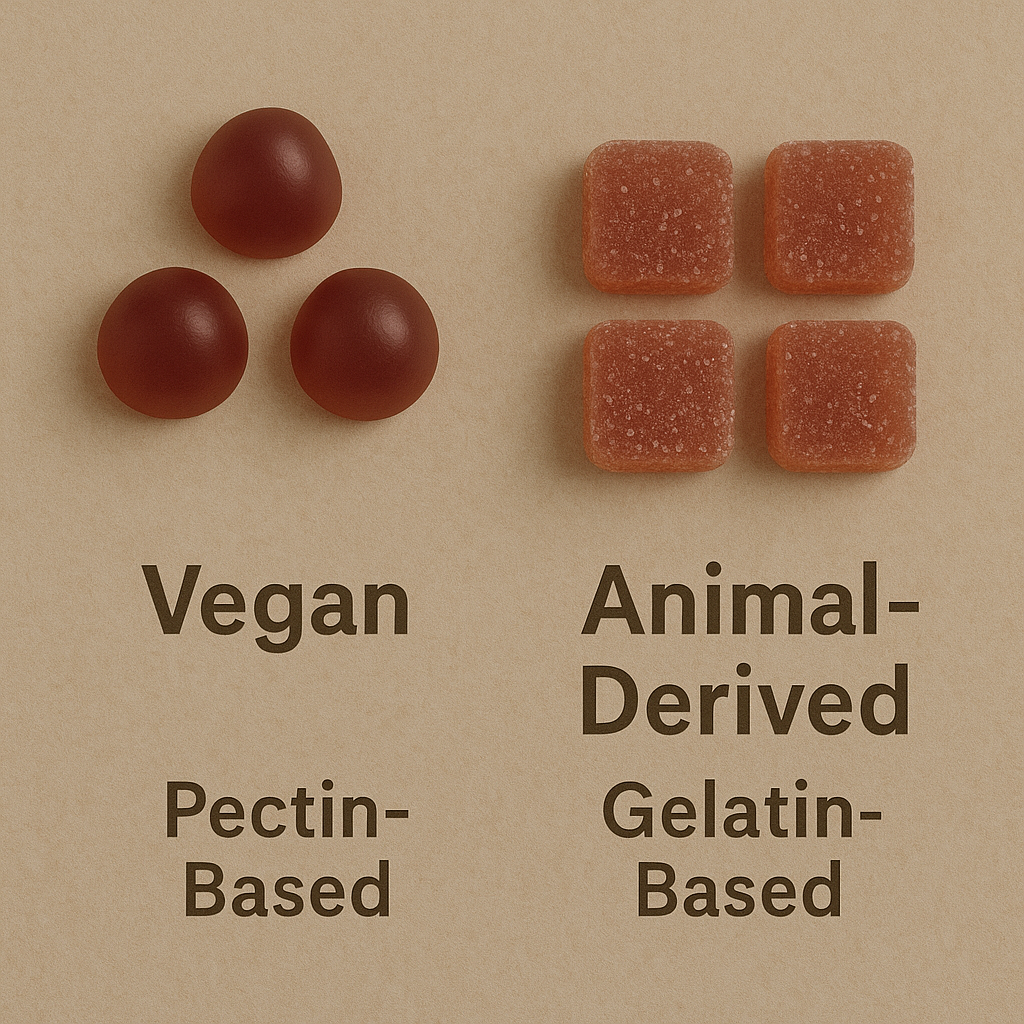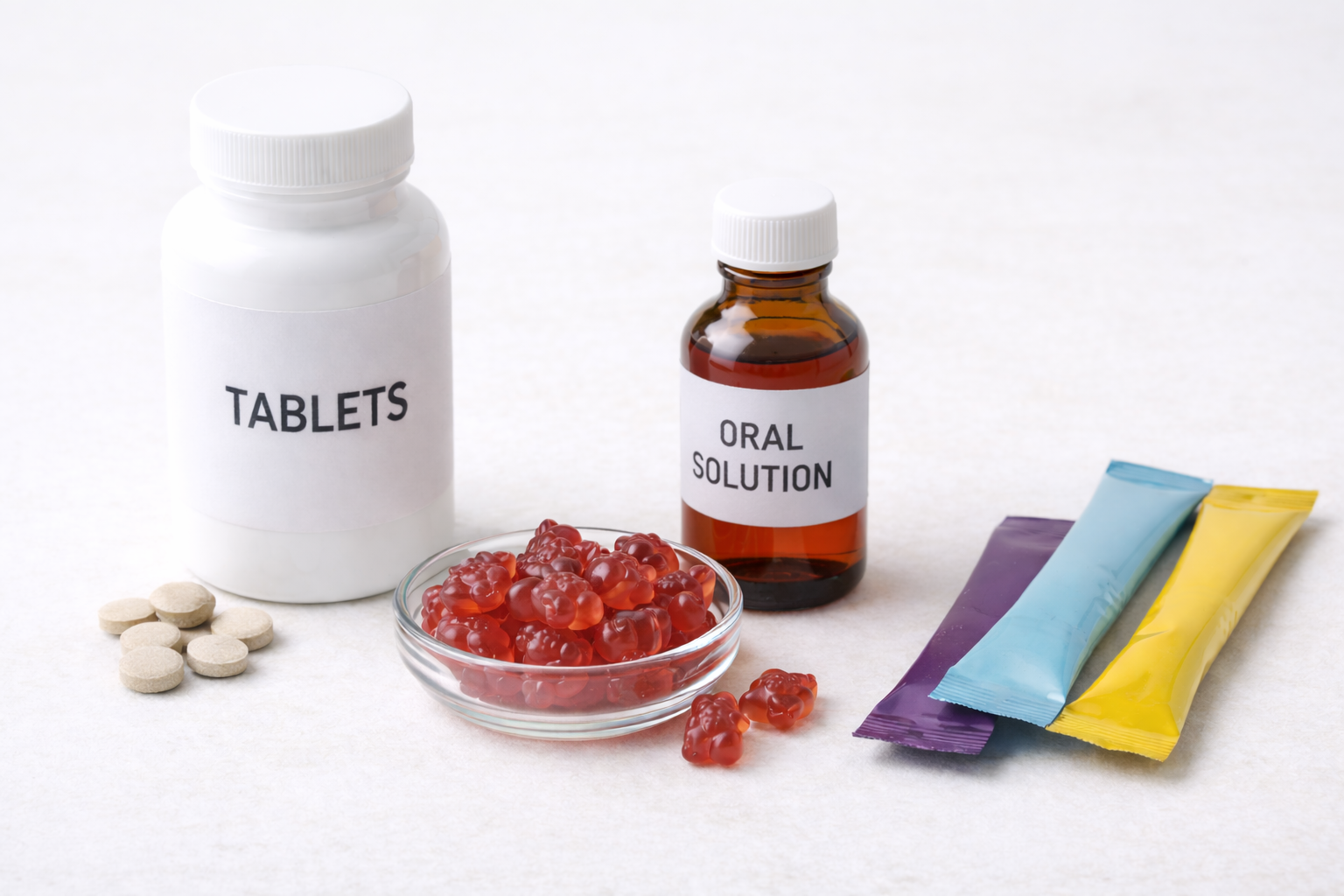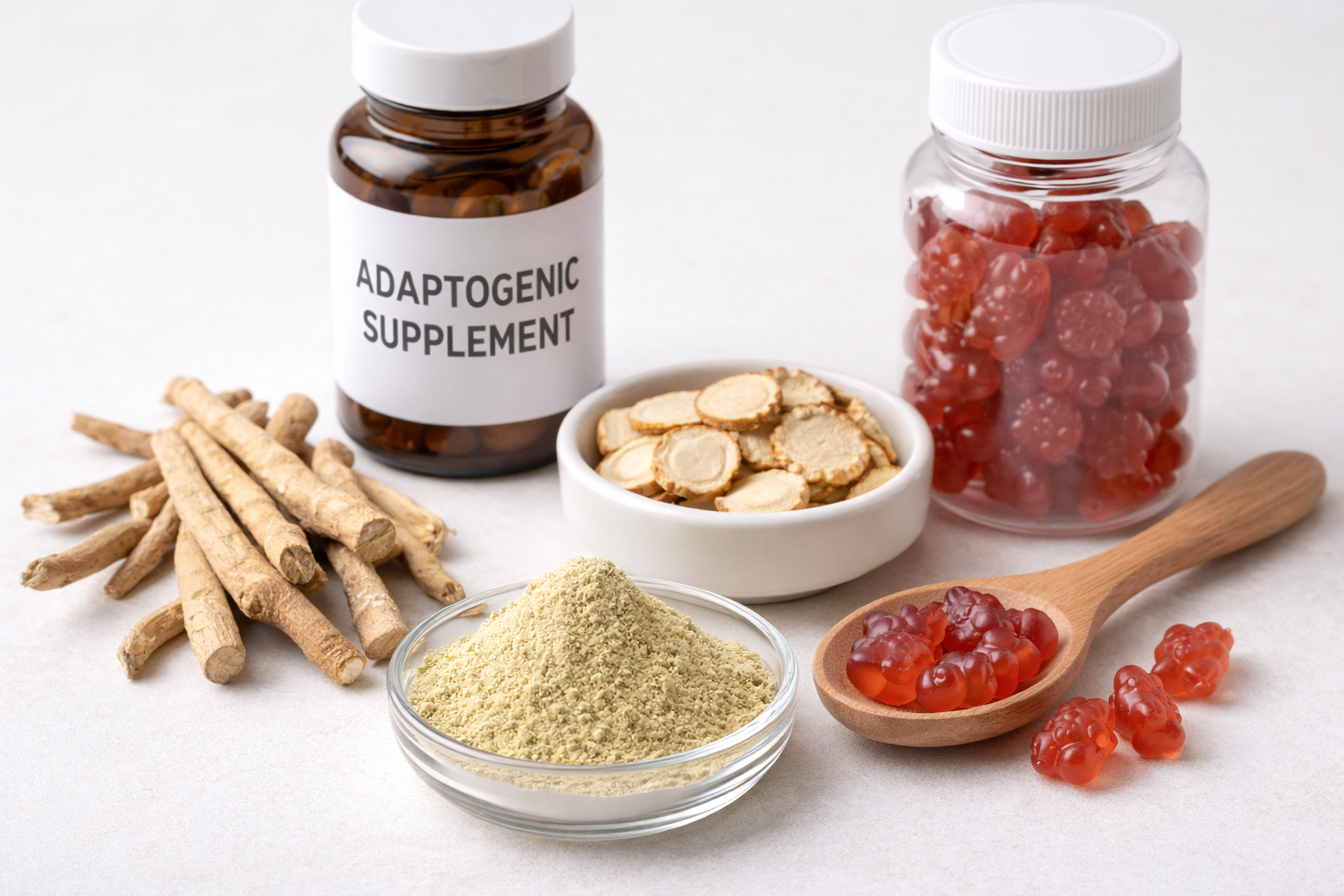
Struggling to decide between pectin and gelatin gummies? You’re not alone. Many health-conscious buyers and private label brands are unsure which formula delivers better texture, taste, and health alignment. The confusion can cost product consistency, especially if you’re building a gummy line. Fortunately, the differences are clear once broken down.
The main difference between pectin and gelatin gummies lies in their source and texture. Pectin is a plant-based gelling agent ideal for vegan products, while gelatin is derived from animal collagen, producing a chewy texture. Each has different melting points, stability, and consumer preferences, which affect formulation and marketing.
With plant-based diets on the rise and functional gummies leading supplement innovation, knowing what sets pectin apart from gelatin isn’t just technical—it’s strategic. Whether you’re targeting vegan markets or want a classic chewy bite, the ingredient you choose impacts your product’s market fit.
1. What is Pectin and How Is It Used in Gummies?
Pectin is a natural fiber derived from fruits like apples and citrus.
Pectin is a plant-derived gelling agent that offers a firm but smooth texture. It’s widely used in vegan gummy formulations and performs well under high temperatures.

Pectin forms a gel when heated with sugar and acid, making it suitable for fruit-flavored gummies. It’s ideal for clean-label brands that want a recognizable, plant-sourced ingredient.
| Feature | Pectin |
| Source | Fruit (apple, citrus) |
| Texture | Firm and less chewy |
| Melting Point | High |
| Label Appeal | Vegan-friendly, clean-label |
* Pectin-based gummies are stable in warmer climates, making them suitable for international shipping.
* Pectin is preferred by consumers who avoid animal products for ethical or religious reasons.
2. What Is Gelatin and Why Is It Still Popular?
Gelatin is derived from animal collagen, mainly from cows or pigs.
Despite being animal-derived, gelatin remains a staple in gummy production due to its elastic, chewy texture and ease of use.

Gelatin creates a stretchy, chewy mouthfeel that is familiar in candy products. It gels at lower temperatures and produces a glossy finish, often preferred in traditional supplements.
| Feature | Gelatin |
| Source | Animal collagen |
| Texture | Chewy, elastic |
| Melting Point | Lower |
| Label Appeal | Traditional, not vegan |
* Gelatin gummies often have better clarity and color vibrancy.
* They are more cost-effective for large-scale manufacturing.
3. Which Gummy Type Works Better for Vegan Products?
If your target market is plant-based, pectin is the clear winner.
Pectin gummies align with vegan, vegetarian, kosher, and halal dietary standards. Gelatin does not.

Consumer trends show a growing demand for vegan-friendly supplements. Retailers now stock more plant-based options, and pectin enables brands to meet this demand without compromising functionality.
* Pectin gummies increase your product’s appeal in health-conscious and ethical markets.
* Retailers often prioritize stocking vegan gummies due to increased customer demand.
4. How Do Texture and Stability Compare?
Texture affects taste perception and shelf life.
Pectin creates a firmer, less sticky gummy, while gelatin delivers a softer, chewier bite but is heat-sensitive.
Pectin’s high melting point makes it less likely to melt in transit, making it ideal for global shipping. Gelatin, however, can break down at high temperatures, causing deformation.
| Attribute | Pectin | Gelatin |
| Firmness | High | Medium |
| Stickiness | Low | Medium-High |
| Heat Tolerance | Strong | Weak |
* Pectin offers better structure for multivitamin and fiber-rich gummies.
* Gelatin is more forgiving in standard manufacturing without acid-sugar processing.
5. Which Ingredient Aligns Better with Brand Positioning?
Your formula should reflect your brand identity.
Vegan brands benefit from pectin’s plant origin, while traditional supplement lines may prefer the familiar experience of gelatin.
Branding plays a huge role in choosing ingredients. Pectin supports sustainability claims, whereas gelatin can be used in heritage or conventional wellness lines.
* Pectin helps create a brand image of innovation and ethics.
* Gelatin aligns with brands targeting classic taste and chew satisfaction.
6. How to Choose the Right Formula for Your Supplement Line?
Choosing depends on your audience, market, and logistics.
For global, vegan-friendly reach, go with pectin. For low-cost, chewy, mainstream appeal, gelatin may suit your needs.
Evaluate your goals: Is your product targeting specialty retailers or mass-market shelves? Pectin excels in niche markets, while gelatin wins on production ease.
| Factor | Best Option |
| Vegan Appeal | Pectin |
| Chewiness | Gelatin |
| Cost | Gelatin |
| Heat Resistance | Pectin |
* The choice affects not just ingredients, but logistics, marketing, and labeling.
* Consider working with a manufacturer experienced in both pectin and gelatin lines.
Conclusion
Understanding the differences between pectin and gelatin is key for selecting the right gummy formula. Pectin offers plant-based, firm, and travel-friendly advantages. Gelatin remains popular for chewiness and ease of manufacturing.
Choose pectin if your audience is vegan or you require better heat stability. Choose gelatin if you want chewy texture, lower cost, and a familiar supplement feel. Both ingredients serve different brand strategies. Your best choice depends on market needs.



